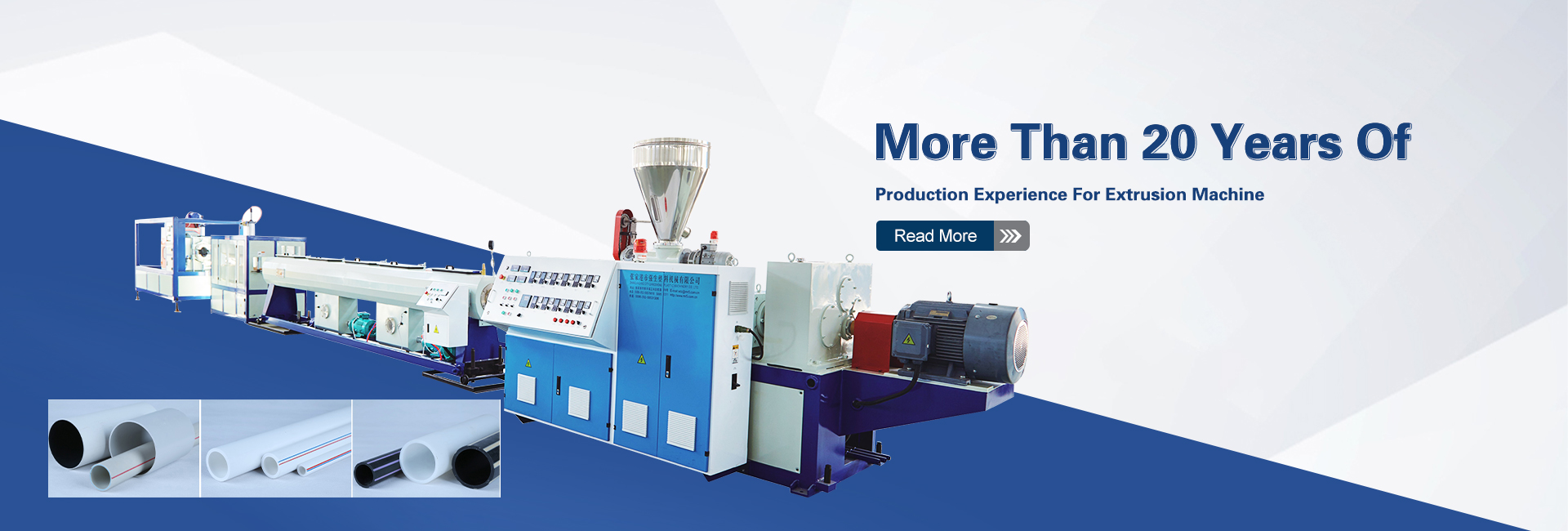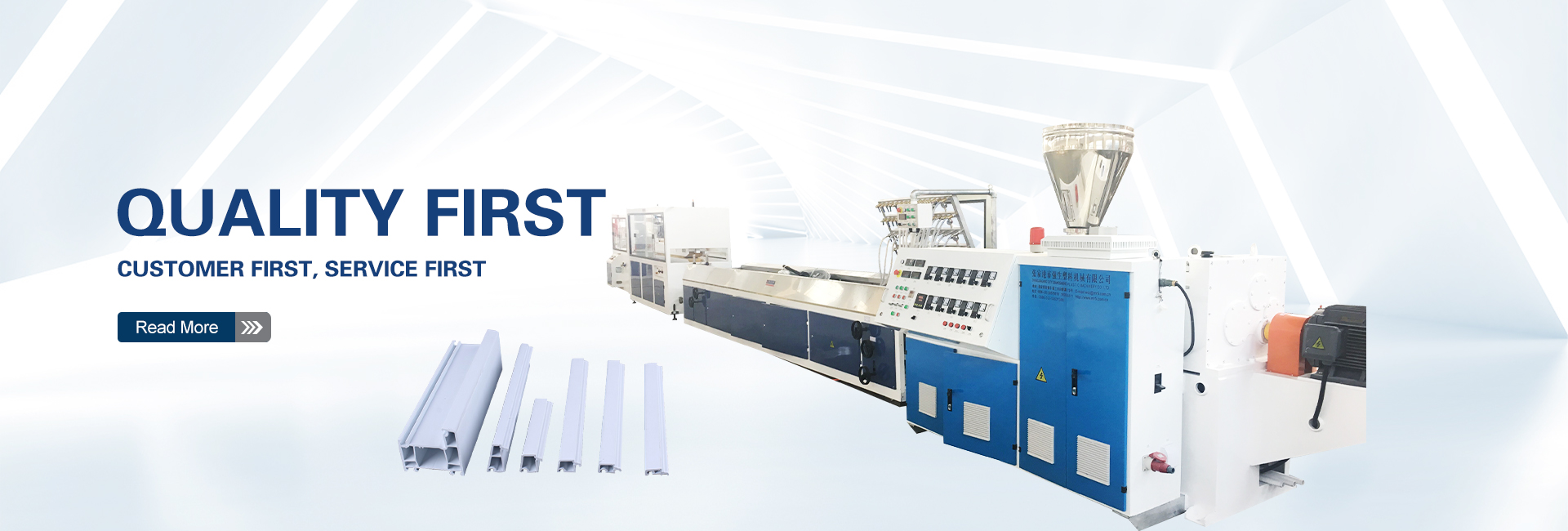Plastic extrusion, a cornerstone of modern manufacturing, shapes our world in countless ways. This versatile process continuously forms thermoplastics into specific profiles, offering a cost-effective and efficient way to produce a vast array of products. Let’s delve into the diverse applications of plastic extrusion across various industries and explore the benefits it delivers.
From Construction to Healthcare: A Spectrum of Applications
Plastic extrusion’s reach extends far and wide. In the construction industry, it’s instrumental in creating essential elements like:
- Pipes and Tubing: PVC pipes, a ubiquitous example, transport water, sewage, and electrical wires. High-density polyethylene (HDPE) pipes, known for their durability, are used for gas distribution and irrigation.
- Window and Door Profiles: Extruded profiles form the frames for windows and doors, offering weather resistance, insulation, and low-maintenance advantages.
- Building Materials: Plastic extrusions contribute to building components like siding, trim, and decking, providing lightweight, weatherproof alternatives.
Moving to the medical field, plastic extrusion plays a crucial role in:
- Medical Tubing: Sterile, flexible tubing is vital for intravenous (IV) fluids, blood collection, and medical equipment.
- Syringes and Catheters: These life-saving tools rely on precise extrusion for consistent quality and functionality.
- Packaging for Pharmaceuticals: Blister packs and containers for medication benefit from the barrier properties and sterility achieved through extrusion.
The Power of Plastic Extrusion in Everyday Products
Our daily lives are touched by plastic extrusion in numerous ways, including:
- Wire and Cable Insulation: Electrical wires are shielded by extruded plastic coatings, ensuring safety and proper functioning.
- Food Packaging: Flexible films and rigid containers for food storage and transportation are produced through extrusion.
- Consumer Goods: From automotive parts and furniture components to toys and household items, plastic extrusion shapes a vast array of consumer products.
Benefits of Plastic Extrusion: Efficiency and Versatility
Plastic extrusion offers a multitude of advantages that contribute to its widespread adoption:
- High-Volume Production: The continuous nature of the process allows for mass production of identical parts, making it ideal for high-demand applications.
- Cost-Effectiveness: Extrusion offers a relatively low-cost way to manufacture plastic products compared to other methods.
- Design Flexibility: A wide range of shapes and profiles can be achieved through extrusion dies, catering to diverse design requirements.
- Material Versatility: The process can be adapted to various thermoplastics, allowing for products with specific properties like strength, flexibility, and heat resistance.
- Lightweight Products: Extruded plastic parts are generally lightweight, reducing transportation costs and contributing to energy efficiency in end-use applications.
Optimizing the Process: Extruder Maintenance and Auxiliary Devices
To ensure the smooth operation and consistent quality of extruded products, extruder maintenance is paramount. Regular cleaning, lubrication, and part replacement are crucial for optimal performance.
Furthermore, plastic extrusion lines incorporate various auxiliary devices to enhance the process:
- Preheating Devices: These units ensure uniform material temperature before extrusion, improving product quality and reducing defects.
- Calibration Devices: They maintain the desired shape and dimensions of the extruded profile as it cools.
- Cooling Devices: Cooling systems solidify the extruded plastic, allowing it to retain its final shape.
The Future of Plastic Extrusion: Sustainability and Innovation
As with any manufacturing process, the environmental impact of plastic extrusion is a consideration. The industry is continuously seeking ways to improve sustainability through:
- Recycled Plastic Resins: Utilizing recycled materials in the extrusion process reduces reliance on virgin plastics and minimizes waste.
- Biodegradable Plastics: Research and development in biodegradable polymers offer a promising alternative for certain applications.
Innovation also plays a key role in the future of plastic extrusion. Advancements in die design, material science, and automation promise to further enhance efficiency, product quality, and the range of applications for this versatile process.
In conclusion, plastic extrusion serves as a cornerstone for countless industries, shaping the world around us. From essential construction materials to life-saving medical equipment and the products we use daily, its diverse applications and numerous benefits are undeniable. As the focus on sustainability grows, the industry is continuously innovating to minimize environmental impact, ensuring plastic extrusion remains a valuable tool for the future.
Post time: Jun-07-2024



